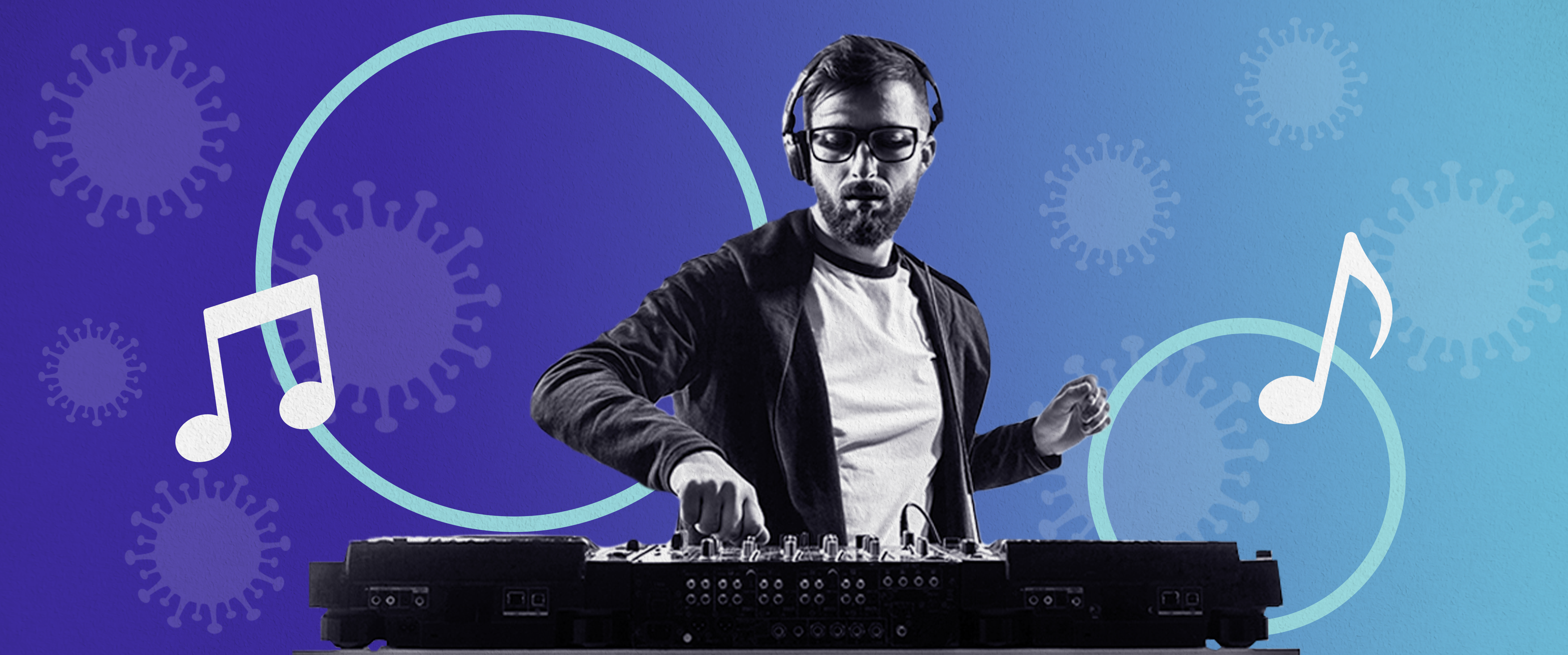The pandemic has changed how we do just about everything. How we create social media content and digital ads as brands is no exception.
This doesn’t only refer to how we approach our messaging strategies or position ourselves as influencers (as previously discussed by some of my colleagues here and here), but some of the techniques that we use for actually creating the content itself. Things like unforeseen budgetary restrictions, the collapse of large-scale productions, and the general inability to leave the house are just a few of the many obstacles that have presented themselves.
But smart brands have not allowed these obstacles to slow them down. Here are three trends that we’ve seen taking shape during the pandemic that will likely extend beyond it.
The Resurgence of Live Streaming
People, entertainers, brands, and everyone else have been flocking to Instagram and Facebook live during the pandemic. This shouldn’t be news to a lot of people. We’ve all been getting the notifications. Mentions of Instagram Live on Instagram and Twitter skyrocketed by 526% between March 8 and March 15 – right around the time the pandemic hit the U.S. Same deal with Facebook – live video on the platform has been surging tremendously over the past couple of months.
It makes sense. These are both simple and direct communication tools while everyone is stuck at home. And naturally, with more people flocking to these features, we’re seeing more creative uses of them.
Just one of many examples includes this super fun live virtual musical festival from Glitterbox:
This 8-hour “festival” was streamed simultaneously on Facebook and Youtube. Note the added graphic elements, logos, multiple cameras, and more. It’s incredible production value for an at-home livestream. There are a handful of free and easy-to-use technologies like OBS Studio, for example, that allow streamers to implement some of these more creative elements.
With some of these more creative uses, I would expect to see live streaming continue to be utilized for the foreseeable future – especially in events and entertainment industries as there is still no real certainty on when things will be back to normal.
DIY & At-Home Video Production
Along with live streams, low-production and low budget at-home video creation is where it’s at right now. It’s easy to pull off, it’s authentic, and it’s cost-effective which will be crucial for cash-strapped brands in a post-pandemic economy.
Marketers throw around the word “authenticity” all the time. But with more raw at-home do-it-yourself style videos taking center stage, we’re actually getting it. Production value is low across the internet. It’s genuine, it’s unfiltered, and it’s resonating with audiences.
Take Nike for example. Not that this massive brand is particularly strapped for cash, but note their recent “Play For the World” campaign:
Consider the production that went into this: No big shoot or anything like that. Simply a compilation of raw smartphone photos and footage sourced from various brand ambassadors in their homes. And a couple of stock photos of empty stadiums. It’s an easy and cheap production and the final product resonates. (Note: I’m aware of the millions of dollars that Nike pays their sponsored athletes, but I hope you get the production point regardless!)
In addition to marketers like ourselves being able to implement this type of creative, we should be educating clients on ways to do it as well. We should be teaching them how to shoot themselves at home with their smartphones so that they can get us the footage we need to turn it into engaging social content. Especially when we can’t go out on shoots and to events, this is a great alternative.
You may have seen this video that we published last month that features our spring interns discussing their experiences working from home:
Talented interns they are, but professional videographers they are not! This just goes to show how we can very easily write scripts and give them detailed shooting instructions, get them to give us the content we need, then implement a little post production. Everyone puts in a little effort and we get great content out of it.
Doomsday Content Prepping
Think of this section as “crisis content plans.” We always talk about crisis communications plans for clients. But what about content itself? What are you going to do when you can’t do anything? You can’t go out on shoots. You can’t go to events or client locations to get any of the material that you need for good social content. So what now?
Lots of marketers like myself wish that we had pushed more photoshoots, virtual tours, and b-roll libraries for clients before the pandemic so we had more stuff to create content with during it. In the future, we should be pushing this stuff harder and preparing for situations like this.
But beyond that, we need to be prepared to get creative with some of the resources we have at our disposal, whether we have client photos and videos to operate with or not. These resources include remote production methods like animating, creatively utilizing stock assets, and leaning on influencers and fans as content creators.
We created this video about working from home productively using a creative combination of stock assets and a little bit of animation:
Again, people are looking for cost-effective solutions for high-quality ads that can be created remotely. These tactics are getting them that and tend to work particularly well on social media.
All of these three trends and the tactics discussed within them are services that we are able to provide for clients at ChatterBlast. To talk more about them or some of the other trends we’ve been observing as a result of the pandemic or in general, you can contact us here.



